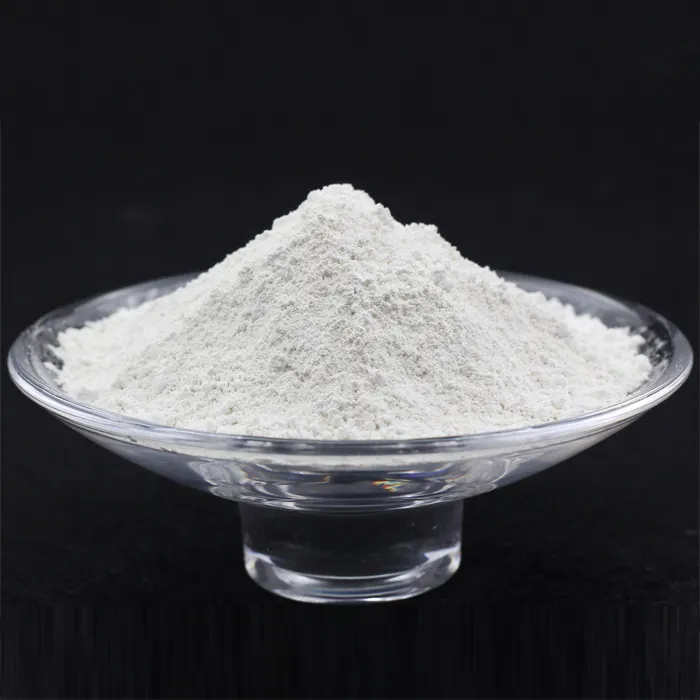Chemicals Used in Sewage Treatment
Sewage treatment is a critical process designed to remove contaminants from wastewater, ensuring that the effluent released into the environment is safe and meets regulatory standards. Various chemicals play vital roles at different stages of sewage treatment, enhancing the efficiency and effectiveness of the process. This article explores some of the primary chemicals used in sewage treatment and their functions.
1. Coagulants
Coagulants are fundamental in the initial stage of sewage treatment, particularly in the primary treatment phase. These chemicals help in aggregating small particles and impurities present in the sewage, facilitating their removal. The most commonly used coagulants include aluminum sulfate (alum) and ferric chloride. When added to wastewater, these coagulants destabilize the colloidal particles, allowing them to clump together into larger particles, or flocs. This process, known as coagulation, is followed by sedimentation, where the larger flocs can be easily removed from the water.
2. Flocculants
Flocculants complement coagulants by promoting the formation of larger flocs that are easier to settle out in the sedimentation tanks. Polyacrylamide is a widely used flocculant that enhances the binding of particles together, improving the overall efficiency of the solid-liquid separation process. The addition of flocculants significantly increases the settling rate of the suspended solids, leading to clearer effluent.
3. Disinfectants
Disinfection is a critical aspect of sewage treatment, aimed at eliminating pathogens and harmful microorganisms from the treated wastewater. Commonly used disinfectants in sewage treatment include chlorine, chloramines, and ozone. Chlorination is a traditional method that involves adding chlorine to the wastewater, which reacts with organic and inorganic substances to kill pathogens. However, it can produce harmful byproducts, leading to greater scrutiny and the adoption of alternative disinfection methods like ultraviolet (UV) irradiation and ozone treatment, both of which do not produce harmful residues.
what chemicals are used in sewage treatment

4. pH Adjusters
Maintaining an optimal pH level is essential throughout the sewage treatment process, as it directly affects the efficiency of subsequent treatment stages. Chemicals such as sodium hydroxide or sulfuric acid are often used as pH adjusters. By neutralizing extremes in pH, these chemicals help create a suitable environment for microbial activity in biological treatment processes, allowing for effective organic matter breakdown.
5. Nutrients
In biological treatment processes, especially in activated sludge systems, nutrients such as nitrogen and phosphorus play crucial roles in sustaining the microbial populations that break down organic materials. Chemicals like ammonium sulfate may be added to provide nitrogen, while phosphorus can be supplied through compounds like potassium phosphate. Balanced nutrient levels support healthy microbial growth, enhancing the efficacy of biological treatments.
6. Advanced Oxidation Agents
Advanced oxidation processes (AOPs) are increasingly being utilized in sewage treatment to break down complex organic pollutants that are resistant to traditional methods. Chemicals such as hydrogen peroxide and titanium dioxide are used in conjunction with light or heat to generate hydroxyl radicals that effectively oxidize and degrade pollutants.
Conclusion
The use of chemicals in sewage treatment is essential for optimizing the removal of contaminants and ensuring the safety of treated water before it is released back into the environment. By employing a combination of coagulants, flocculants, disinfectants, pH adjusters, nutrients, and advanced oxidation agents, wastewater treatment facilities can achieve higher standards of cleanliness and sustainability, contributing positively to environmental protection and public health.

